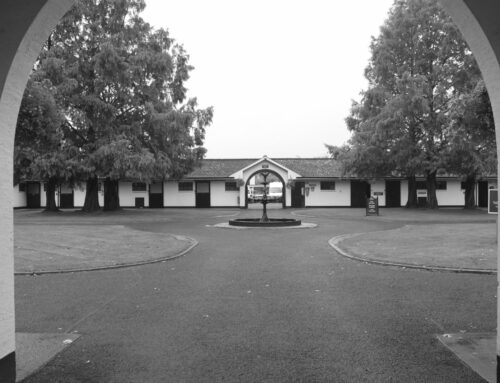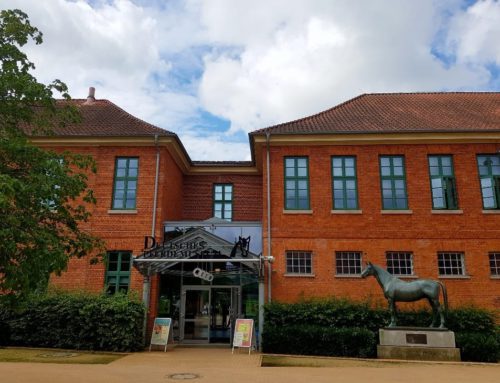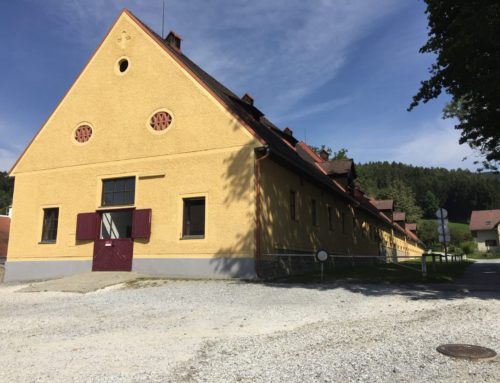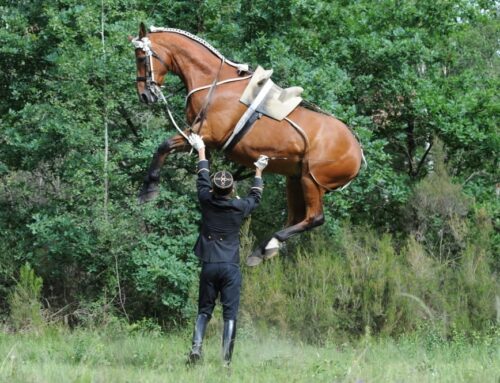Why is the Paso Peruvian horse so special??
Article courtesy of FEI and written by Patricia Salem
The Peruvian Paso breed is known for its ultra-smooth gaits and willing personality, and it has been a part of Peruvian history and culture for centuries.
Did you know?
The Peruvian Paso wasn’t originally native to Peru, and the horses arrived in the 16th century when the Spanish conquistadors brought horses from Europe to South America for transportation and to work the huge ranches they built there. Bloodlines from the Andalusian, the Barb, and the Jennet (now extinct) were combined to form what we now know as the Peruvian Paso.
The Peruvian Paso, coming from the Spanish word paso for “step,” is often confused with another horse of Spanish origin, the Paso Fino. However, the Paso Fino was developed throughout South America and the Caribbean to produce a slightly different breed, while the Peruvian Paso remained a relatively isolated breed in Peru for generations.
Due to the harsh terrain in Peru, the Peruvian Paso was bred for endurance and hardiness, able to handle all kinds of land from the desert to the mountains. For riders on the grand ranchos and haciendas in days past, perhaps the most important trait of the breed was its smoothness under saddle, and that has remained the hallmark of the Peruvian Paso today.
The incredible gait
Making them an ideal trail riding horse
The Peruvian Pasos are born to naturally walk as gaited horses. That is, when under saddle they automatically perform one of three four-beat gaits: a walk, a slow, evenpaso llano that resembles a 4/4 metronome in music, or the quicker and slightly uneven 1-2, 3-4 sobreandando, likened to a musical 2/4 count.
The latter two gaits are unusual for all but a few breeds. Rather than striking the ground in a diagonal pattern like a normal trot, the hooves of a Peruvian Paso move in a pattern of left rear, left front, right rear, right front.
The natural gaits of the Peruvian Paso mean that almost all motion is translational, or forward moving, with virtually no vertical movement or bounce for the rider. This made the breed extremely valuable for landowners and managers who spent long days in the saddle.
When not under the saddle, Peruvian Pasos will exhibit gaits normally seen in other breeds, including the gallop, but with a rider, that smooth, high-stepping glide becomes the default setting. There’s really no need to canter on a Peruvian Paso because the sobreandando, when performed at upper speeds, is equally fast with less work required by the rider and not tiring for the horse.
The Peruvian Paso breed demonstrates a high degree of self-carriage and collection. This is another reason riders can spend hours in the saddle with minimal effort, as less leg is required on the horse to achieve the desired result. With no diagonal trot, no posting is necessary.
Peruvian Pasos also naturally move the legs with what is known as termino. This is an outward rolling of the front limbs starting at the shoulder, sometimes seen in other horses of Spanish bloodlines. The degree of the arc prescribed by the hoof varies depending on a horse’s specific breeding, but generally, some element of flourish is considered desirable.
The Paso Conformation
It is the unique conformation of the Peruvian Paso that allows its amazing gaits.
The neck is upright but short and muscular, and the head is held proudly. The legs are refined with good tendon definition, with long hind limbs and flexible joints. The croup is rounded, with a low tail set and a quiet tail.
Moderate in height, a typical horse stands between 14 and 15 hands. This breed has well-sprung ribs, wider around than at the girth, and a broad back compact in length.
Because of its sturdy build, the Peruvian Paso usually requires a saddle with a wider tree and bareback riding is also enjoyed due to the smoothness of the ride.
It’s common to see the breed shown in traditional tack, with riders in classic Peruvian dress. Peruvian Pasos are often first trained in a bozal, a piece of bitless headgear that encourages the horse to hold its head naturally without shortening its stride. The goal is to maintain a soft and responsive mouth even when riding later with a bit.
Peruvian Paso Colouring
Peruvian Pasos are seen in a wide range of colours. Chestnuts, bays, and duns are common, but they are also frequently found in black, buckskin, palomino, grey and roan.
White markings on the face and legs are allowed in show. Rarely, Peruvian Pasos are found with multiple colours like the Sabino or coloured Pintos.
Temperament
Peruvian Pasos are renowned for being friendly and curious. The breed is sensitive but largely unflappable. Peruvian Pasos are considered easy to train and ideal for a wide spectrum of riders.
Snaffle Travel is an Equestrian Travel company specialising in Equestrian tours and travel. We are a registered Travel company and are ATIA registered. If you wish to contact us Email: info@snaffletravel.com.au










Leave A Comment